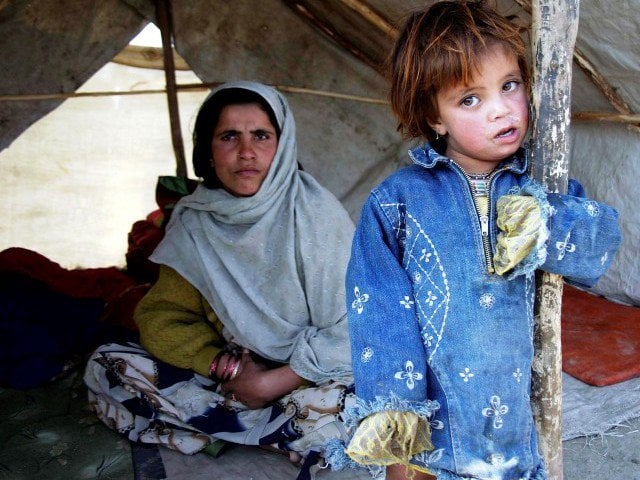
ISLAMABAD: The once amicable relationship between Pashtoon and Baloch residents of Balochistan could be at a tipping point, as changing demographics threaten to create tensions between the province’s two largest ethnic groups.
The demographic changes have put Baloch nationalist parties in a catch-22 situation, because the fear of becoming a minority group within a province that shares their name has brought the longstanding alliance between the two ethnic groups on thin ice.
Pashtoons had been the second largest ethnic group in the scarcely populated but area-wise the largest province that covers almost 43 per cent of the country.
Population census in the country is due for the past eight years but the preliminary estimates of population as per 2011 housing listing show that the Balochistan’s population has increased almost 140 per cent on average from 1998 to 2011.
This is deemed the highest average population growth compared to the rest of Pakistan. Statisticians estimate that there was an overall 47 per cent increase in population of the country during this period.

Most of the population growth in Balochistan is concentrated in the northern parts – the Pashtun-dominated areas, giving new dimension to demographic changes in the province. The influx of Afghan refugees and their becoming denizens of the province is considered the main reason.
It is now becoming a Baloch vs Pashtoon controversy – a new ethnic tension between the two peoples who have traditionally been allies in the past in their opposition against what they called the country’s Punjabi-dominated establishment.
These demographic trends might have emerged more by accident than design but the Baloch nationalist parties have started blaming their former allies – the Pashtoon nationalist groups for the trend.
When they partially accuse the establishment for keeping eyes closed for decades on refuges issue – they squarely blame Mehmood Khan Achakzai’s PkMAP for its covert support to assimilate Afghan refugees in Balochistan in an attempt to bring the Pashtoon population at par with that of the Baloch.
This, they claim, is part of the PkMAP’s agenda to grab a bigger slice of the resources, and increase their share in the number of seats in provincial assembly and national legislatures. We interviewed the BNP-Mengal Vice President Senator Dr Jahanzaib Jamaldini, who is a vocal critic of changing demographic trends in his province. He claims that around four million Afghan refugees have been absorbed in Pakistan –most of them in his province, thanks to what he claims the covert support of the PkMAP, causing a tilt in demographic trends in his province.
“Establishment stayed aloof. Now they have been saying these refugees should go back. Even after assimilation of 4 million Afghans into Pakistan, another 1.8 to 2 million are in the pipeline (the ones living with refugee status). A narrow minded political party wants to absorb these too,” he said.
“Unfortunately, there were some political parties here who had chauvinistic designs. They wanted to bring Pashtoon population at par with Baloch population. It was not possible biologically without absorbing Afghan refugees. Our PkMAP friends contributed to this end. They often talk of fifty-fifty based province, (in terms of allocation of resources to ethnicities).”
Pashtoons formed the second largest group – or 29.64% in the 6.5 million population of the province as per the 1998 population data. The government data shows that there were 54.76% people in the province whose mother tongue is Balochi.
However Baloch nationalists dispute this and claim that they along with Barohi speakers – whom they group under Baloch ethnicity constituted almost 70% of population in the province. “Traditionally the overall population ratio in the province was 70% Baloch and 30% others including Pashtoons-Hazaras and settlers”.
Baloch nationalists get irritated when one segregates Barohis from the Baloch.
After a disproportionate increase in the population, Jamaldini thinks the Pashtoon ratio would have increased by 10% in the province. Dr Jamaldini accuses the PkMAP chief of segmentation of nationalist politics and playing into the establishment’s hands for his personal motives.
According to him, the reward came in terms of electoral seats the PkMAP ‘was given’ in 2013 general elections in the provincial assembly. PkMAP is part of the second largest party of the province.
He claimed Mehmood Khan played a role in breaking up of an alliance of nationalist parties to gain these rewards from establishment. “At the national level, the unity we had achieved has degenerated by his actions. Fragmentation and segregation have serious ramifications on what was becoming combined force of nationalists at the national level,” he added.
He said the Baloch nationalists will try to resist holding of long delayed population census now scheduled next year. “First of all, Baloch political parties as a whole are resisting the census. It should not be held before Afghan refugees are sent back to their country. Even the National Party which is in power is against conducting census at this point of time. The BNP-Awami and Baloch members of the PML-N are also against it. Even the JUI-F is against it,” he added.
Published in The Express Tribune, November 23rd, 2015.
















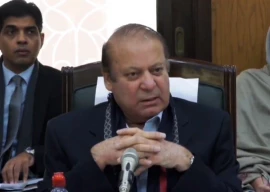
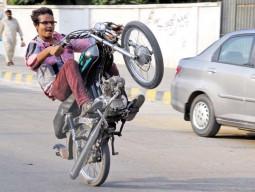
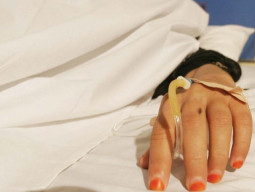
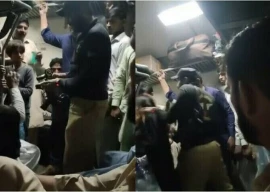
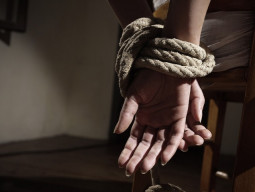
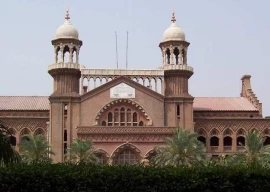





















COMMENTS (5)
Comments are moderated and generally will be posted if they are on-topic and not abusive.
For more information, please see our Comments FAQ